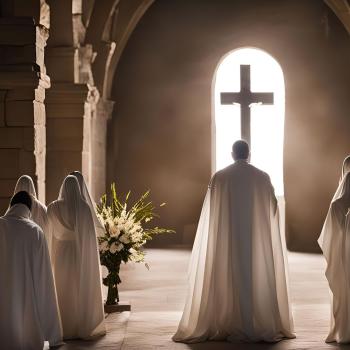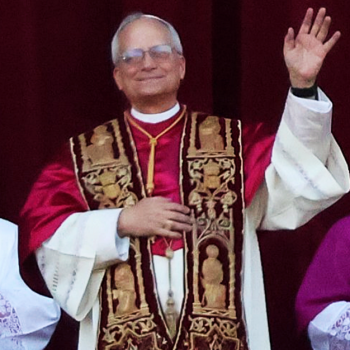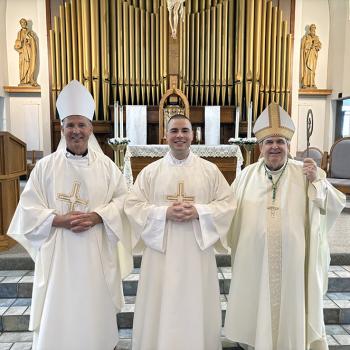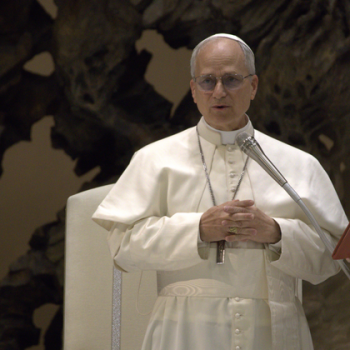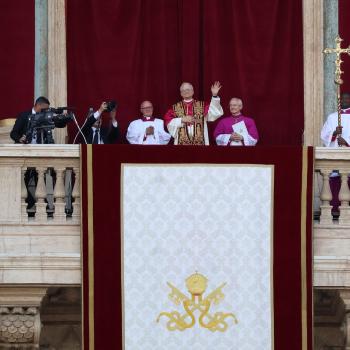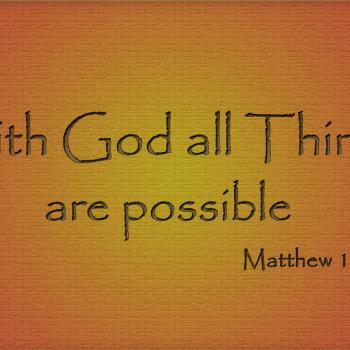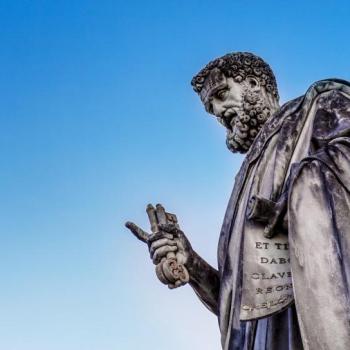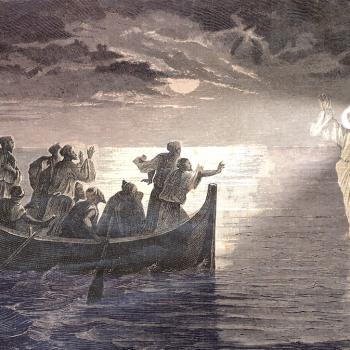When I was in college I decided that I would not be ruled by time. I refused to wear a watch. I did not have a cell phone. Amazingly, I was never late to wherever I needed to go. I learned to be attentive to people and activities around me to determine the passage of time. I developed a fairly accurate internal clock. Despite my desire to rebel against time, clocks kept ticking and the world kept revolving around the sun. I learned the valuable lesson that time waits for no one – it thrusts us forward willingly or unwillingly, and nothing can be done to halt it.
I remember Advent calendars from my childhood which contained a hidden piece of chocolate for each day. I recall others that each day revealed a small picture of one of the various characters present at the nativity scene. Every morning, my siblings and I would make the statues of the three wise men take a small step forward as they journeyed from the dining room to the fireplace of the living room where the nativity scene was built. They moved slowly as days passed until January 6th when they reached the child Jesus which we had placed on Christmas Day.
Throughout the centuries, we have found ways to mark the passage of time. We have learned how to wait and anticipate a future event, but we have also found ways to savor the present moment whenever we wish the present would last forever. We measure time in seconds, minutes, hours, days, weeks, months, and years. Seasons mark the passage of the year, and the Catholic liturgical calendar utilizes the passage of time to illustrate the story of salvation. Christmas is celebrated at the darkest time of the year to remind us that Jesus is the light born into the darkness, while Easter comes when nature comes back to life after a long winter. One June 24th, we remember the birth of Saint John the Baptist who said, “I must decrease, and he must increase” in reference to Jesus. Celebrated on the day with the greatest light, John the Baptist decreases as the light also decreases for six months until Jesus is born on December 25th. These links however are only applicable in the northern hemisphere, and not in the south. The Annunciation is on March 25th, nine months before Christmas. The celebration of patron saints mark special days for the faithful, parishes, towns and nations.
Recently my sister explained to my five and three year old nephews that once all four candles of the Advent wreath are lit, then it will be Christmas. The boys stared in excitement at the one lit candle. The wreath marks the passage of time for them in a concrete way, reminding them of the upcoming birth of Christ – and the visit of Santa Claus. Advent is given to all of us to anticipate and to grow in preparedness for when all four candles will be lit. Jesus sanctifies the passage of time and uses it for our benefit. May His coming at Christmas not find us unprepared.




